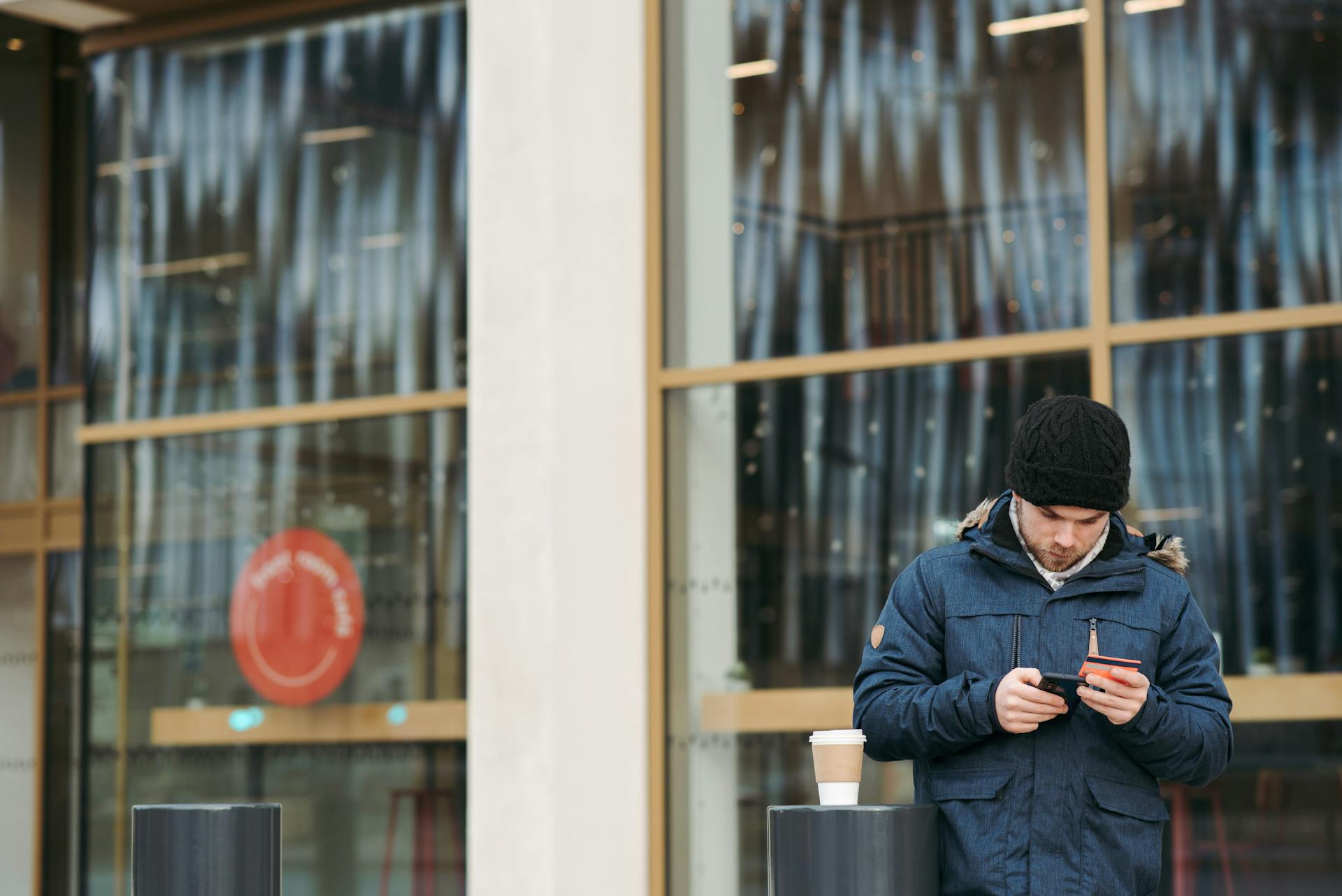QR Code – Quick Response Code
A QR code, short for Quick Response code, is a two-dimensional barcode that contains information readable by a smartphone camera. It was first created in 1994 by a Japanese automotive company, Denso Wave, to track vehicles during manufacturing. However, its utility has expanded far beyond its initial purpose, particularly in marketing and advertising.
In the United Kingdom and around the world, QR codes have become ubiquitous due to their convenience and versatility. They can store various types of data, including website URLs, text, contact information, or even Wi-Fi network credentials. When scanned by a compatible device, such as a smartphone or tablet, the QR code immediately directs the user to the encoded content, eliminating the need for manual input of lengthy web addresses or other information.
For businesses and marketers, QR codes offer several advantages. Firstly, they provide a seamless bridge between offline and online marketing channels. By incorporating QR codes into print advertisements, product packaging, posters, or even storefronts, companies can effortlessly drive traffic to their digital platforms, such as websites, social media profiles, or promotional landing pages. This integration fosters engagement with consumers and facilitates interactive experiences, ultimately enhancing brand visibility and customer interaction.
Moreover, QR codes enable businesses to track and analyze consumer behavior and campaign effectiveness. By monitoring scan metrics, such as location, time, and frequency, marketers can gain valuable insights into audience demographics, preferences, and engagement levels. This data allows for more targeted marketing strategies, personalized content delivery, and informed decision-making to optimize campaign performance and ROI.
Several famous examples illustrate the effectiveness of QR codes in marketing campaigns. One notable instance is the use of QR codes by luxury fashion brand Burberry. In 2010, Burberry incorporated QR codes into its flagship store windows during London Fashion Week. These codes directed passersby to exclusive content, such as behind-the-scenes footage, runway videos, and product details, fostering a deeper connection between the brand and its audience while capitalizing on the event’s buzz.
Another iconic example is McDonald’s utilization of QR codes in its “Big Mac ATM” campaign. To celebrate the 50th anniversary of the Big Mac burger, McDonald’s installed ATM-style machines in select locations across the UK. Customers could scan a QR code displayed on the machine to receive a free Big Mac, creating a buzzworthy and interactive experience that drove foot traffic to participating restaurants and generated widespread media coverage.
Furthermore, QR codes have been instrumental in promoting sustainability initiatives and enhancing customer experiences. UK supermarket chain Tesco, for instance, introduced QR codes on select product labels to provide customers with detailed information about the item’s origins, ingredients, and environmental impact. This transparency not only empowered consumers to make informed purchasing decisions but also showcased Tesco’s commitment to sustainability and corporate social responsibility.
In conclusion, QR codes have revolutionized marketing in the United Kingdom and beyond, offering a powerful tool for connecting with consumers, tracking campaign performance, and delivering engaging experiences. Their widespread adoption across various industries underscores their importance in modern advertising strategies, allowing businesses to leverage technology to drive brand awareness, customer engagement, and ultimately, business success.











